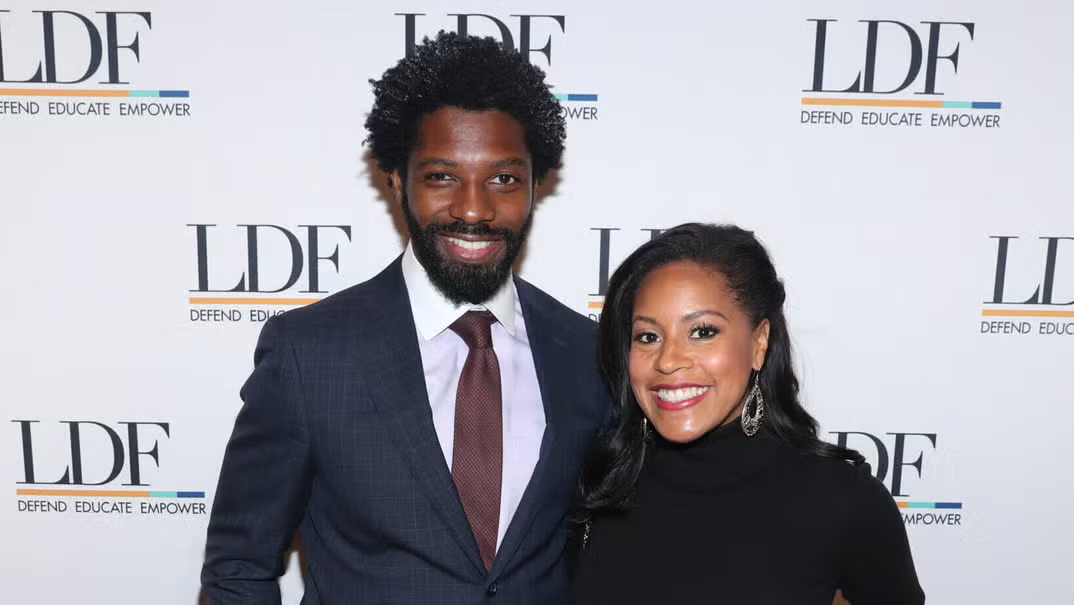“I wanted to show you my five week post-op nose reveal,” said content creator Zuri in a TikTok video last week. Her hand drops from the front of her nose, and with it, her commenters’s jaws. “What did they do,” one comment, with 33.9 thousand likes, reads. “It’s pointing upwards,” said another, with 39.8k. “Black women have to start getting ETHNIC nose jobs,” claimed someone else. “Our features DO NOT support a pinched nose.”
Even before the creator’s nostril stitches fully dissolved (rhinoplasties take up to a year to heal, refining over time), she received nearly 30,000 comments, all discourse about how her nose job looked. While refunding her nose, which costed a total of $4,900 dollars, is not an option (even if she wanted to) the question about the type of nose jobs Black women should get—if at all—has been all the rage online.
Article continues after video.
According to a 2024 report from the American Academy of Facial Plastic Surgery, rhinoplasties have been the most frequently requested surgery for the past five years. However, 80 percent of AAFPRS members report that more than 10 percent of patients seeking rhinoplasties are seeking revisions of previous surgeries, which means just because you get one, doesn’t mean you’ll like it. In part, because nose jobs have a history of erasing Afrocentric features, often looking more like an exaggerated white nose pasted onto the center of a Black face.
“The standard approach to rhinoplasty that was much more common in the ‘80s and ‘90s may contribute to Eurocentrism,” former President of the American Society of Plastic Surgeons Dr. Steven Williams tells ESSENCE. “Historically, there was a sterilized surgical mold that modeled the features of a Eurocentric nose,” which most rhinoplasties were based off of. For example, a thin dorsum, and rotated, narrow tip, which we’ve seen on icons like Michael Jackson, Lil’ Kim, and now Black content creators all over TikTok.
Another content creator, Hailey, faced criticism for her rhinoplasty for similar reasons to Zuri back in December. “I got a nose job two months ago and the internet hated it,” she says, with comments calling her rhinoplasty “botched” and “uncanny”. “Let’s talk about it while I reveal my two month nose update.” On the other side of the “undetectable era” of beauty, which champions noticeable, yet imperceptible tweaks, creators represent the people who make it a point for their surgeries to be known.
Article continues after video.
With creators documenting their entire plastic surgery process, from pre-op preparation to post-op care, and even taking content from the hospital bed (usually being operated on in other countries, like Mexico or Turkey), rhinoplasties have gained over 200,000 posts under the hashtag #nosejob on social media, with the surgery industry seeing a 4.3 per cent increase in facial procedures from 2023 to 2024.
From nose sizes to hair texture, the will to replace our Afrocentric features with Eurocentric beauty standards is taught from a young age, but commenters claim they’re being “deinfluenced” after seeing how they look on Black people’s faces. “[Eurocentrism] lacks an understanding, assessment and evaluation of things that may be important to patients, including the preservation of physical characteristics associated with racial background,” Dr. Williams says.
According to the National Library of Medicine (NIH), although there are wide variations in facial features within ethnic populations, most Black patients prefer nasal refinements that preserve their identity. For patients of African descent, identifying nasal features may include a broader, less elevated nasal tip with thicker skin and spaced nostrils, so an “ethnic” rhinoplasty aims to refine, yet maintain those features.
Article continues after video.
“Generally, in the past, ethnic rhinoplasty referred to any surgery that you were performing on the nose of an ethnic person,” he says. But, as the terminology develops, “I think now ethnic rhinoplasty really refers more to the concept of preserving some of those ethnic characteristics as you perform a rhinoplasty.”
With the structural differences of ethnic noses—from bone structure to thickness of the cartilage—at the foundation of the surgery today, techniques have evolved to refine the patients’ features without erasing their ethnic identity. And, while it’s easy to criticize someone else’s appearance, “in the end, [plastic surgery] is a form of self-actualization,” Dr. Williams says. “It is trying to align the outward form with one’s own inner vision of oneself.”







